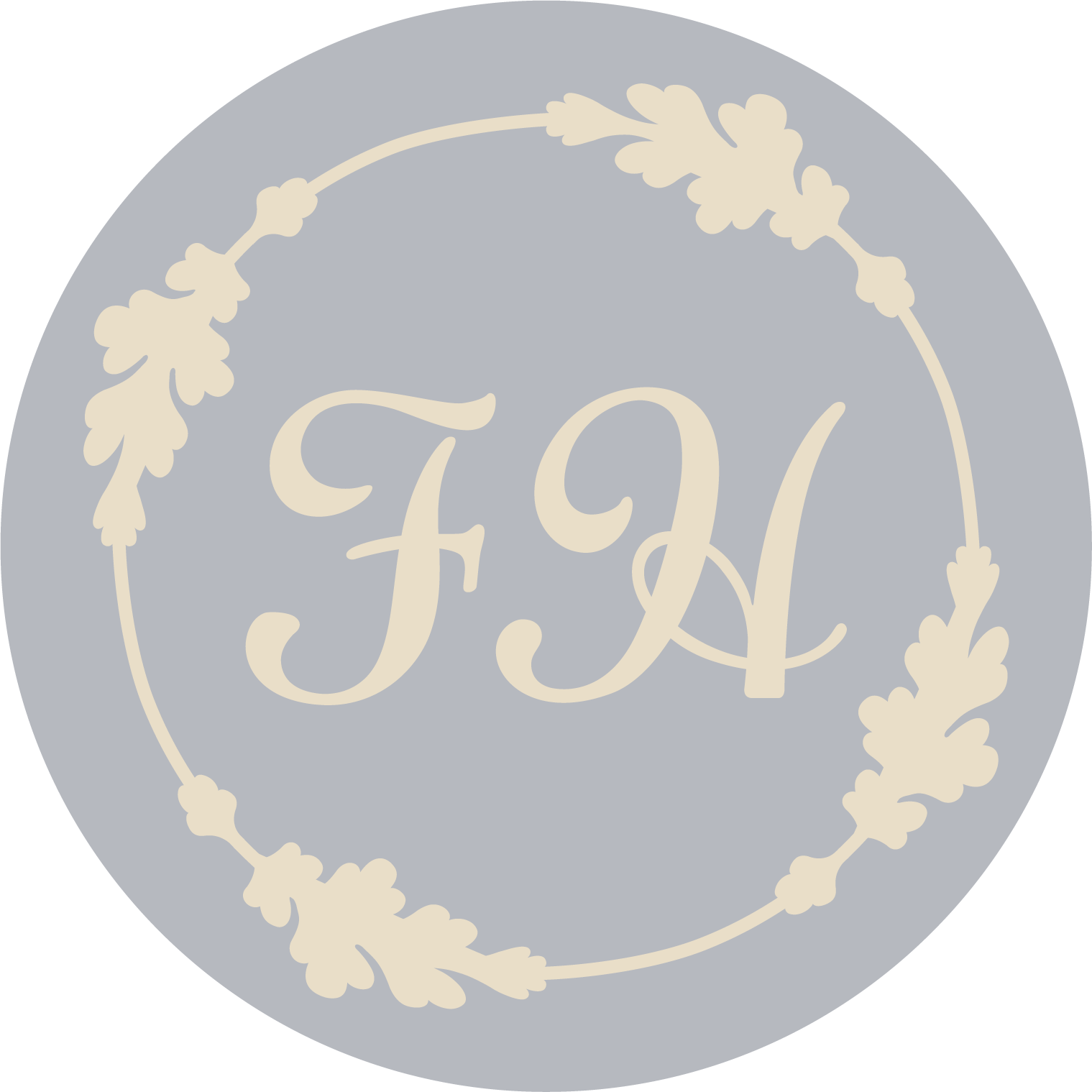Exterior Painting Season Arrives !
Exterior Paint Season comes to the North Coast!
It will be painting season soon and historic home owners will start thinking about exterior painting. Painting is an endless cycle. Modern paint technology has given us so many colors. It is overwhelming to decide. Having your house painted is a big expense and not easy to change! One must chose colors well.
There are three exterior color selection strategies for the historic home owner.
Historically Accurate – This category is for the purists and means limiting choices to colors that were previously used on the structure. This is usually reserved for restorations of important historical buildings.
Historically Appropriate – I prefer this strategy, but I can be a purist. One needs to choose color palettes that were available and popular for the style of house. Every time period had its fashionable colors. The further back in time, the fewer colors there were to choose from.
Whatever – No matter how much one loves history, one may not be interested in previous paint colors or care to use old color charts. There is nothing that says a house has to be any color other than what the owner wants. Paint colors are changeable, temporary, and do not cause permanent damage.
Whatever color scheme you choose, one will live with it for a long time. It’s just as expensive to paint a house in a well planned color scheme as a poorly planned one.
My best tips!
1. Minimize the use of gray. We have too much gray in our coastal landscape.
2. Blue is not a historic exterior house color and is over used.
3. Minimize the use of white for trim. It is really only appropriate on Colonial Revivals.
4. Use colors you favor, even if that is gray, blue or white. I wanted the Forsstrom House to feature Falu or Finnish Red to celebrate the heritage of Dr. Forsstrom. Ironically, it was found to be an original color. This satisfies my purist tendencies.
5. Color choices for the old house are key, but it is even more important to put them in the correct place on the house. The best results are from a dark window sash and door, medium shade for the body of the house, and light colored trim. It you look at attractive exterior paint schemes, you will see this pattern repeatedly. The dark color makes the window sash and door RECEDE into the architecture. Don’t deviate from this formula without good reason and hire a colorist to help. There are a limited number of architectural styles, such as Victorian Stick that call for another color placement.
6. Match color palettes with architecture age and style. Historic architecture pops with appropriate color choices. Colonial Revival has a narrow color palette and is easy to design. Victorian homes in poly chromes are complicated and require careful planning.
CASE STUDY. I was contacted by a neighbor for a color consult. He owns a 20’s vernacular Craftsman cottage. The current color is a tired three tone gray and does not flatter the home. He wants to compliment nearby homes and requested a gray and a blue color palette. I will add an adventurous color choice. A well chosen and placed color palette will improve the curb appeal of this home! Colors will be from the Craftsman color palette.
The darkest color is the window sash and door. The front door can be a fourth color of the owner’s choice.
The basement level is separated from the shingled body of the house by a drip board. This level can be the same color as the window sash or a just a bit lighter or darker. Or, a darker tone of the main color.
Light color for trim: not white on the Craftsman home.
Medium tone body for the first and second floor shingles. There is no demarcation between floors. I do like to paint first and second floors different colors for visual interest if there is an architectural separation. It is the “shirt waist” effect.
